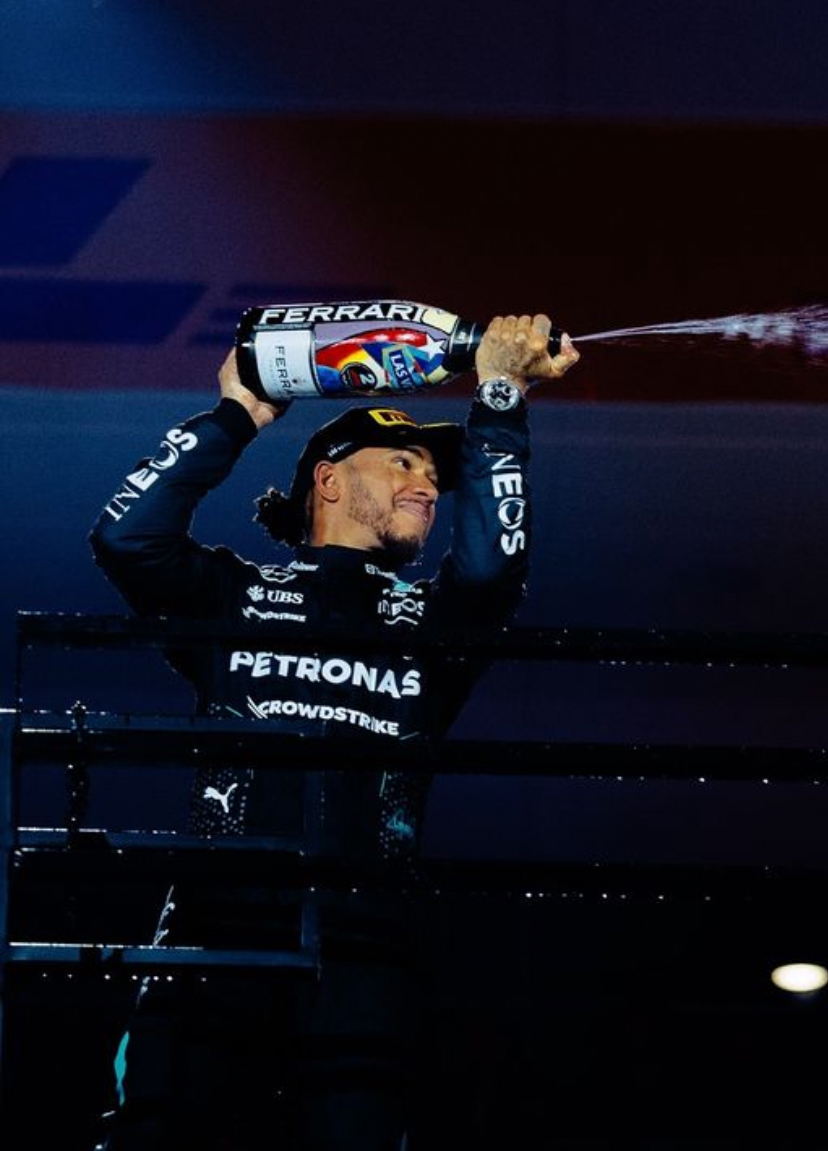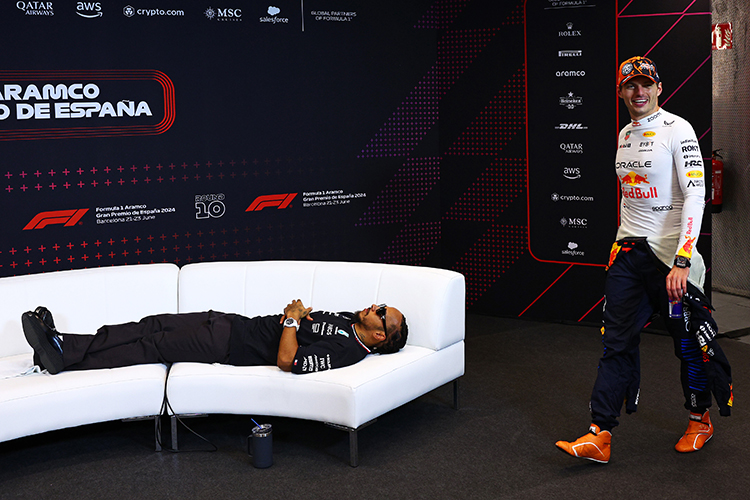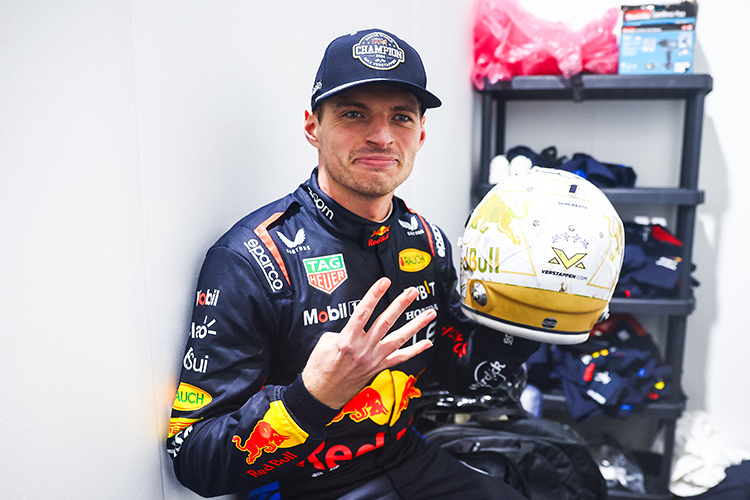How F1 Teams Prepare for a Pit Stop Before the Race Starts

Formula 1 World Champions: A legacy of racing legends
How do teams prepare for a pit stop before the race starts?
Learn how Formula 1 teams prepare for pit stops with training, equipment checks, and strategic planning to gain a competitive edge.
The Importance of Pit Stop Preparation
In Formula 1, a perfectly executed pit stop can be the difference between victory and defeat. Completing a tire change in under 2.5 seconds requires rigorous preparation, flawless teamwork, and precise execution. Here's how F1 teams prepare for one of the most critical elements of a Grand Prix before the lights go out.
Pit Crew Training and Rehearsals
The pit crew is the backbone of a successful pit stop. Their preparation involves:
- Daily Training: Crew members practice their specific roles, from operating wheel guns to carrying tires. Simulated stops with weighted tires replicate race conditions.
- Fitness Regimens: Strength, agility, and endurance are essential for handling heavy equipment and maintaining speed under pressure.
- Reflex Training: Reaction drills and simulated scenarios sharpen the crew's ability to perform under high-pressure conditions.
Equipment Checks and Calibration
Reliable equipment is just as crucial as a well-trained crew. Teams meticulously check and calibrate every tool:
- Wheel Guns: Pneumatic guns are tested for speed and precision, with backups ready for immediate use.
- Tire Trolleys and Warmers: Tires are kept at optimal temperatures using controlled warmers and positioned for quick access.
- Jack Systems: Front and rear jacks are inspected for speed and reliability, ensuring smooth lifting during stops.
- Pit Gantry Systems: Overhead gantries displaying stop signals are synchronized with the crew's timing to avoid unsafe releases.
Simulations and Strategy Planning
Strategic planning begins well before race day:
- Race Simulations: Teams model scenarios like undercuts, overcuts, and Safety Car periods to plan optimal pit windows.
- Driver Practice: Drivers rehearse pit lane entry and exit, focusing on braking points and precise stops.
- Tire Strategy: Engineers develop tire plans based on weather forecasts, track conditions, and performance data, with contingencies in place for unexpected changes.
Coordination and Communication Systems
Effective communication is vital for a seamless pit stop:
- Radio Protocols: Teams establish clear communication guidelines, ensuring the driver and crew are aligned.
- Timing Systems: Real-time data on tire wear, lap times, and track positions informs precise timing for pit stops.
- Visual Signals: Hand signals and visual markers serve as backups in case of radio issues.
Pit Lane Setup on Race Day
On race day, teams meticulously prepare their pit lane area:
- Equipment Positioning: Tools, tires, and spare parts are arranged for easy access during stops.
- Pit Box Marking: Guides ensure drivers stop precisely in the correct position.
- Final Practice: Live practice stops with old tires synchronize the crew before the race begins.
Contingency Planning
Formula 1 is unpredictable, and teams must be ready for any scenario:
- Weather Changes: Intermediates and wet tires are kept ready for sudden shifts in conditions.
- Damage Repairs: Spare parts, including front wings, are on hand for quick fixes after on-track incidents.
- Penalties and Safety Cars: Teams rehearse procedures for stop-and-go penalties, double-stack stops, and safety car scenarios.
Conclusion: The Key to Success
Formula 1 pit stops are a blend of athleticism, precision, and strategy. While the actual stop lasts mere seconds, the preparation spans months of rigorous training and planning. For F1 teams, this relentless pursuit of perfection ensures they’re ready to deliver under intense pressure, making every second count in the race for victory.
Up Next


